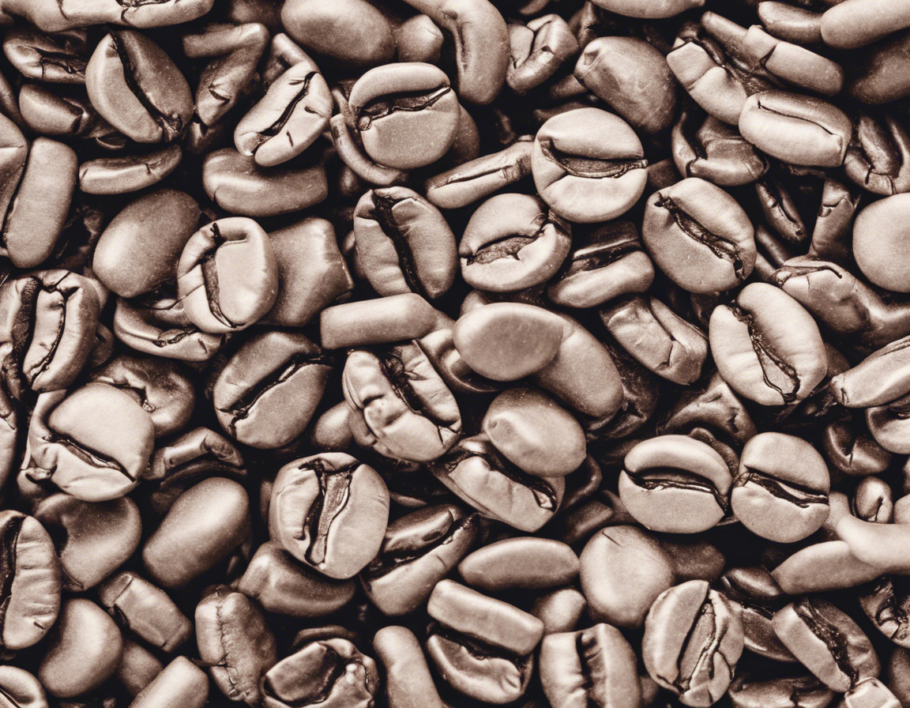Did you know that caffeine is the most commonly consumed psychoactive substance in the world? Found naturally in coffee beans, tea leaves, and cacao pods, caffeine is renowned for its ability to boost alertness and improve concentration. For many, it’s the fuel that kickstarts their day and keeps them going when the afternoon slump hits. But what exactly is caffeine, and how does it affect our bodies? Join us as we dive into the world of caffeine, exploring its effects, sources, and brewing methods to help you get the most out of your daily dose.
Understanding Caffeine
Caffeine is a natural stimulant that belongs to a class of compounds called xanthines. When consumed, it quickly enters the bloodstream and travels to the brain, where it blocks the action of a neurotransmitter called adenosine. Adenosine is known for promoting relaxation and drowsiness, so when caffeine inhibits its effects, it leads to increased alertness and a sense of wakefulness.
Sources of Caffeine
Coffee
Coffee is the most popular source of caffeine worldwide. Whether you prefer a steaming cup of espresso or a cold brew, coffee offers a robust flavor profile that varies depending on the beans and the brewing method. The caffeine content in coffee can range from 70-140 milligrams per 8-ounce cup, with darker roasts generally containing less caffeine than lighter roasts.
Tea
Tea, particularly green and black tea, is another common source of caffeine. With an average of 30-50 milligrams per 8-ounce cup, tea provides a milder but sustained energy boost compared to coffee. The theanine present in tea leaves helps counteract the jittery effects of caffeine, promoting a sense of calm focus.
Energy Drinks
Energy drinks are formulated with caffeine, sugar, and other stimulants to deliver a rapid energy boost. While they can be effective for a quick pick-me-up, it’s essential to consume them in moderation due to their high sugar content and potential health risks.
Brewing Methods
The way you brew your coffee or tea can significantly impact the caffeine content and flavor profile of your drink. Here are some popular brewing methods and how they influence your caffeine intake:
Coffee Brewing Methods
- Espresso: A concentrated form of coffee made by forcing hot water through finely ground beans, espresso contains a higher caffeine concentration per ounce compared to regular coffee.
- French Press: Immersing coarsely ground coffee beans in hot water and pressing them down after brewing results in a rich and bold coffee flavor with a moderate caffeine content.
- Drip Coffee: Using a coffee machine to slowly drip hot water over ground coffee yields a smooth and mellow brew with a standard caffeine level.
Tea Brewing Methods
- Steeping: Allowing tea leaves to steep in hot water for varying amounts of time can adjust the caffeine content and flavor intensity. A shorter steeping time produces a milder tea, while a longer steeping time results in a stronger brew with higher caffeine levels.
- Matcha: Made by whisking powdered green tea leaves into hot water, matcha offers a concentrated caffeine kick along with a vibrant green color and earthy flavor.
The Effects of Caffeine
While moderate caffeine consumption can enhance cognitive function, alertness, and physical performance, excessive intake can lead to side effects such as restlessness, jitteriness, and disrupted sleep patterns. It’s crucial to monitor your caffeine intake and be mindful of your body’s response to avoid potential negative consequences.
FAQs: Caffeine Deconstructed
-
How much caffeine is considered safe to consume daily?
A moderate intake of 200-400 milligrams (equivalent to 2-4 cups of coffee) is generally considered safe for most adults. Individual sensitivity to caffeine varies, so it’s essential to listen to your body’s signals. -
Does caffeine have any health benefits?
In addition to boosting alertness, caffeine has been linked to potential health benefits such as improved mood, enhanced physical performance, and a reduced risk of certain diseases like Parkinson’s and Alzheimer’s. -
Can you build a tolerance to caffeine?
Yes, frequent caffeine consumption can lead to tolerance, where you may need higher doses to experience the same effects. Taking occasional breaks from caffeine can help reset your tolerance levels. -
Is caffeine addictive?
Caffeine is considered mildly addictive due to its stimulating effects on the brain. Withdrawal symptoms such as headaches, fatigue, and irritability may occur when cutting back on caffeine intake. -
Are there natural ways to boost energy without caffeine?
Yes, alternatives like staying hydrated, getting regular exercise, practicing mindfulness, and maintaining a balanced diet rich in fruits, vegetables, and whole grains can help sustain energy levels without relying on caffeine.
In Summary
Caffeine, the world’s favorite pick-me-up, offers a host of benefits when consumed mindfully and in moderation. By understanding its sources, effects, and brewing methods, you can tailor your caffeine intake to suit your preferences and lifestyle. Whether you savor a morning espresso or unwind with a soothing cup of tea, let caffeine enhance your day in a balanced and enjoyable way. Cheers to brewing the best cup of energy!

